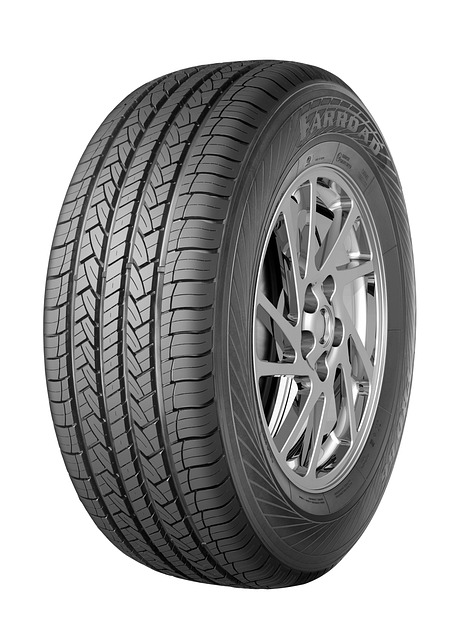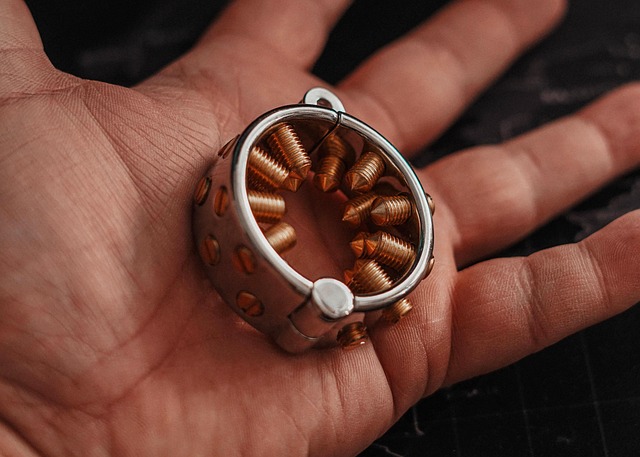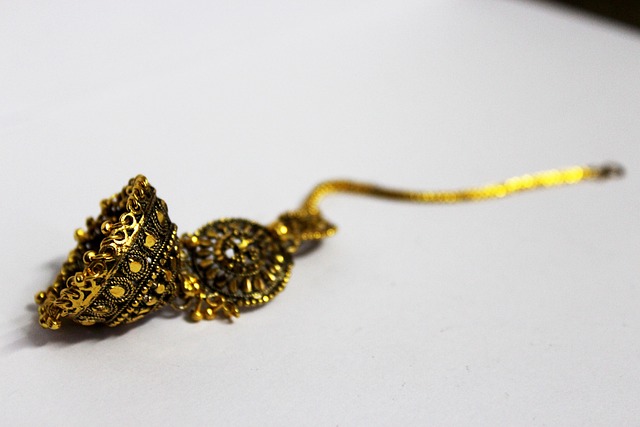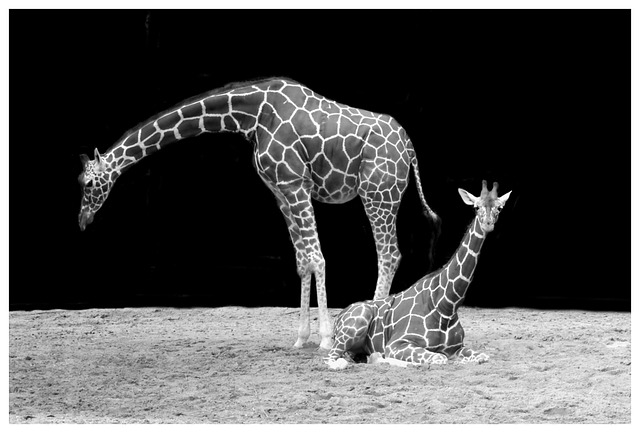Car accidents can cause subtle yet significant musculoskeletal damage. Chiropractic care and range of motion (ROM) therapy are essential for recovery, focusing on restoring flexibility, improving mobility, and addressing misalignments to support the body's natural healing process after crash injuries.
After a car accident, regaining flexibility is crucial for a full recovery. Car crashes can cause various injuries, affecting your body’s range of motion. This article explores the impact of such injuries and guides you through effective healing methods. We delve into the role of chiropractic care, focusing on how it assists in restoring mobility. Additionally, we introduce range of motion therapy techniques, specifically tailored to address car crash-related stiffness. Understanding these approaches can empower individuals on their journey towards regaining flexibility and reclaiming their active lifestyle.
- Understanding Car Crash Injuries and Their Impact
- Role of Chiropractic Care in Recovery Process
- Exploring Range of Motion Therapy Techniques
Understanding Car Crash Injuries and Their Impact

Car accidents can lead to a variety of injuries, many of which may not be immediately apparent. One common result is damage to the musculoskeletal system, affecting joints, muscles, and bones. These injuries can significantly impact an individual’s range of motion, causing chronic pain and discomfort in the aftermath.
Chiropractice and range of motion therapy are often crucial components of recovery for individuals who have been involved in car crashes. Chiropractic adjustments can help alleviate spinal misalignments caused by the impact, while range of motion exercises improve flexibility and mobility in affected joints. This combined approach supports the body’s natural healing process and empowers individuals to regain their physical capabilities post-injury.
Role of Chiropractic Care in Recovery Process

Chiropractic care plays a significant role in helping individuals regain flexibility and restore their bodies post-car accidents. After a collision, the sudden impact can cause various injuries, including soft tissue damage, joint restrictions, and reduced range of motion—all of which chiropractic treatment aims to address. Chiropractors employ specialized techniques to manipulate and adjust the spine, alleviating pressure on nerves and promoting natural healing processes.
This form of alternative medicine focuses on improving mobility and flexibility, two crucial aspects in recovering from car crash injuries. Range of motion therapy, a key component of chiropractic care, involves specific exercises and manipulations designed to stretch and strengthen muscles, tendons, and ligaments. By enhancing the range of motion, individuals can expect improved physical capabilities and a faster recovery process, enabling them to regain their level of activity and mobility after the accident.
Exploring Range of Motion Therapy Techniques

After a car accident, regaining flexibility and restoring proper joint function is crucial for a full recovery. Range of Motion (ROM) therapy techniques play a vital role in achieving this, especially in conjunction with chiropractic care. This gentle, hands-on approach focuses on improving the range through which your joints can move, enhancing overall mobility and reducing pain.
Chiropractors often incorporate various ROM therapy methods into their treatment plans. These may include passive or active stretching exercises, joint mobilizations, and soft tissue techniques to alleviate tension and improve circulation. By customizing these techniques to specific car crash injuries, chiropractors help patients regain lost flexibility and support the body’s natural healing process.
Car accidents can cause a variety of injuries, including those that affect mobility and flexibility. In such cases, a comprehensive recovery plan is essential, and both chiropractic care and range of motion (ROM) therapy play pivotal roles. Chiropractic treatment helps alleviate pain and restore spinal alignment, while ROM therapy enhances movement and strengthens muscles. Combining these approaches can significantly aid in regaining flexibility and improving the overall quality of life after car crash injuries.














